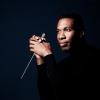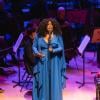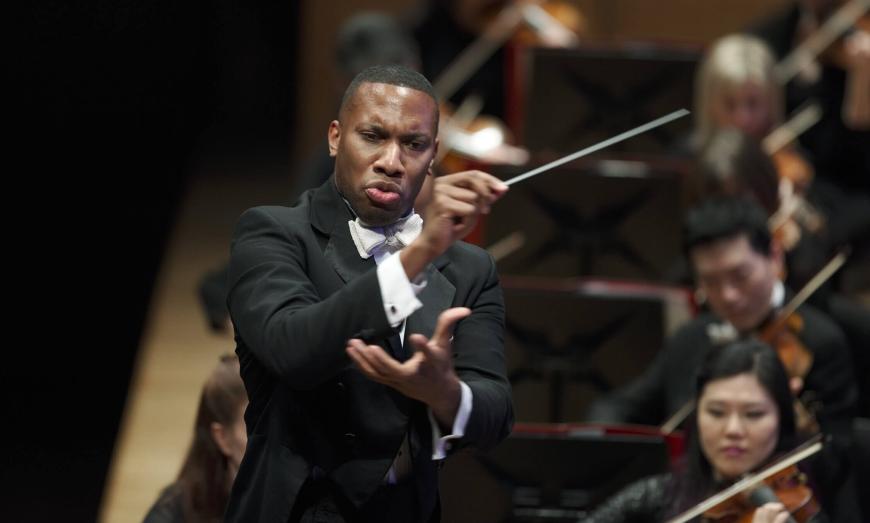
Southern California and the world awoke Sunday morning, Jan. 22 with the awful news of yet another mass shooting. This time, it happened late the night before in Monterey Park, a mostly Asian community less than 10 miles east of Walt Disney Concert Hall.
The Los Angeles Philharmonic concert set for that afternoon nevertheless went on as scheduled, but the uneasy feeling of being in a public space was definitely in the air. A trio of armed security guards was in the downstairs lobby. Moreover, the LA Phil’s lanky young guest conductor from Macon, Ga., Roderick Cox, would not let the moment pass unnoticed. Upon taking the stage, he asked the audience for a moment of silence to remember those who were killed (which at press time numbered 11).
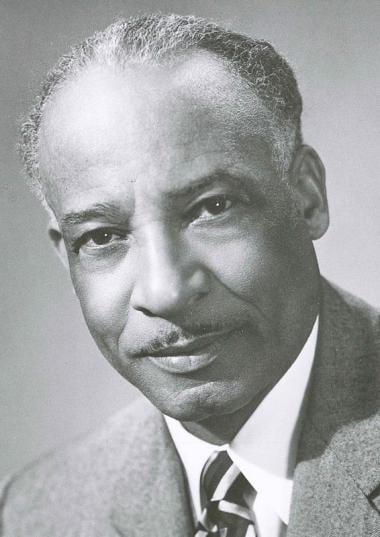
Following the silence, Cox gently started the performance of Maurice Ravel’s Pavane for a Dead Princess, which was supposed to launch the program anyway but never in memory had been put to such timely use. Granted, Ravel didn’t mean for it to be a funeral lament, but then, that’s also true of Gustav Mahler’s Adagietto from the Symphony No. 5 and Samuel Barber’s Adagio for Strings. Some music can generate different meanings in different contexts, and certainly this elegantly poignant piece felt entirely appropriate as a memorial, swelling in spots with an extra layer of emotion in the hands of the LA Phil.
Then, without so much as a pause, Cox segued right into the main business of the afternoon, the first LA Phil performance of William Levi Dawson’s Negro Folk Symphony, one of a steadily increasing handful of mid-20th-century symphonies by Black composers that have been recently dusted off and relaunched in the name of inclusion. Like some of the others, Dawson’s 1934 work was acclaimed when it was first played, championed by Leopold Stokowski no less, and then left to hang out to dry in the archives, another casualty of racism and being stylistically out of fashion. While Stokowski never gave up on the piece — he made a vivid recording of it in 1963 with his American Symphony Orchestra while in his 80s — Dawson gave up writing symphonies, becoming head of the Tuskegee Institute’s music program and developing its choir, for which he made now-famous arrangements of spirituals.
The three-movement symphony is definitely worth hearing, taking off on a descending pentatonic four-note motif for French horn that the brasses play and transform over and over. The motif acts as a thread running through the abrupt jump cuts in mood and texture that Dawson puts the orchestra through, with ever-so-slight applications of blue notes appearing here and there. He wasn’t afraid of showmanship — the slam-bang finishes to the first and third movements that guarantee spontaneous applause — nor plunges into the frequent despair of African American experience. As with the other big symphonies that we’ve been hearing lately from Black composers of that period, the mission of Antonín Dvořák in his “New World” Symphony — that is, to incorporate indigenous American vernacular elements within European structures — is wholeheartedly carried out by Dawson.
The West Coast, at least, has been hearing the symphony frequently lately. Both the Seattle and Oregon Symphonies played the Negro Folk Symphony in 2022, the Oakland Symphony is due to perform it Jan. 27, and it appears to be a fighting cause for Cox, who also led the Seattle performance. He conducted with zest and sharp gestures, really selling the big finishes, although he has yet to make the tremolos in the last measures of the slow movement shudder quite as stunningly as Stokowski could. But then, who can?
We hear Sergei Prokofiev’s Violin Concerto No. 2 frequently in concert but don’t often encounter his Violin Concerto No. 1, a product of the composer’s early bad-boy period. To my ears, it’s the superior of the two concertos with its combination of sweet romanticisms and nerve-jarring mechanistic acerbities evoking the “age of steel” (apropos the title of one of Prokofiev’s ballets). Though recordings abound — starting with the dry wit of Joseph Szigeti’s pioneering set of 78s from 1935 — one reason it isn’t played live often is the sheer technical difficulty of the solo part, especially in the sardonic Scherzo. Another is that the work ends quietly with a passage that is virtually identical to the ending of the first movement, minus a bravura send-off for the soloist.
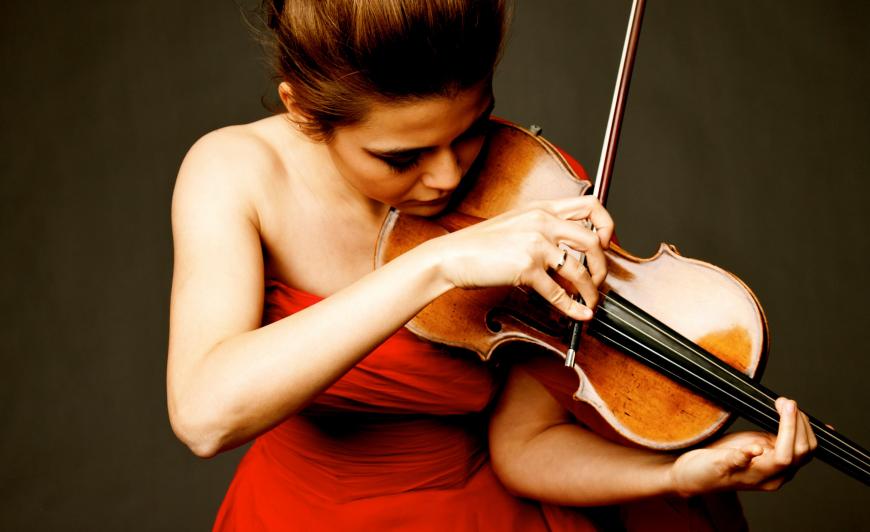
As grateful as one can be to actually hear the First Concerto in concert, violinist Karen Gomyo’s rendition left something to be desired. After a properly sweet opening, she soon dug in heavily with peculiar phrasings on the strings in the opening movement. In the Scherzo, yes, Prokofiev practically demands that you dig in hard — and Gomyo was only too happy to oblige in the brutal, grind-it-out spiccatos — but a lot of it was not in tune and was out of sync with what the orchestra was doing. After retuning, though, she regained some poise in the third movement, which went pretty well, the stridency mostly gone.
While Disney Hall tends to experience Ravel’s complete 50-minute Daphnis et Chloé ballet more often than its popular second suite these days — Esa-Pekka Salonen got us used to that — Cox played just the suite, which is comprised of the last third of the ballet. He didn’t do much that was out of the ordinary with it; the orchestra knows it backward and forward, the big solos (flutist Catherine Ransom Karoly’s in particular) came off flawlessly, and with nine percussionists on hand, the Phil made a reliably large noise in the final salvos of the “Danse générale.” It couldn’t miss, and it didn’t.


